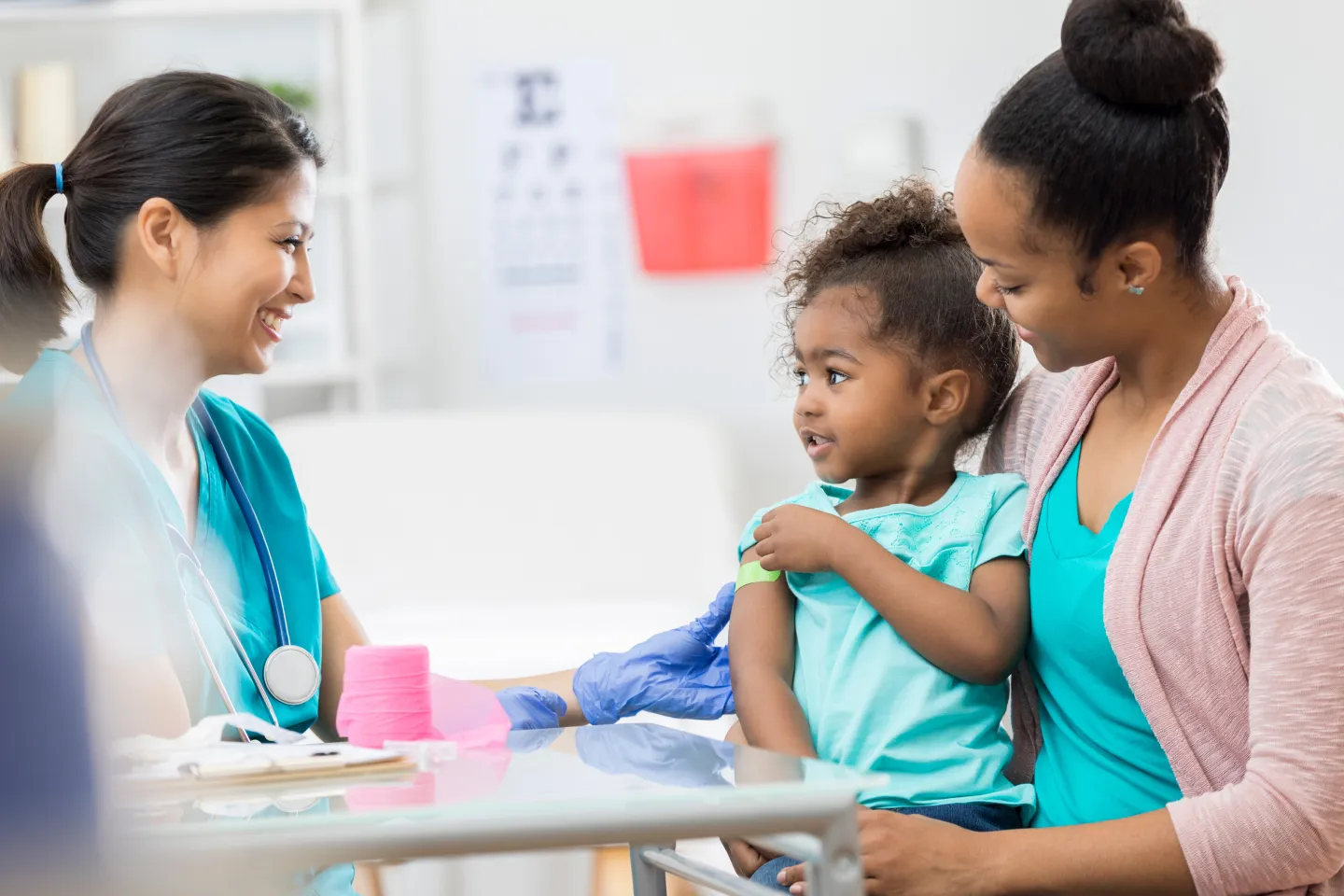The Department of Family and Social Medicine’s mission is to promote the health of our Bronx community, train future healthcare leaders, and engage in collaborative primary care delivery, education, and research.
Leadership

The Bronx and Beyond
The Bronx is home to nearly 1.5 million inhabitants. Communities in the Bronx are rich in cultural and social strengths. At the same time, many residents of the Bronx face challenges that impact their health. The Bronx ranks last among New York State’s 62 counties for preventable health outcomes.
Our department is committed to improving the health of the Bronx through models of excellence in clinical services and community health, and to promoting the health of communities regionally, nationally, and internationally through training programs and research.
Join Us
For inquiries regarding faculty positions, contact Dr. M-L.
Fabienne Daguilh, Vice Chair, fdaguilh@montefiore.org.
For inquiries regarding training programs, please see
individual program descriptions.
Support Us
Help the Department of Family and Social Medicine to further our mission.
Contact our departmental leadership, or the Montefiore Einstein Office of Development.














